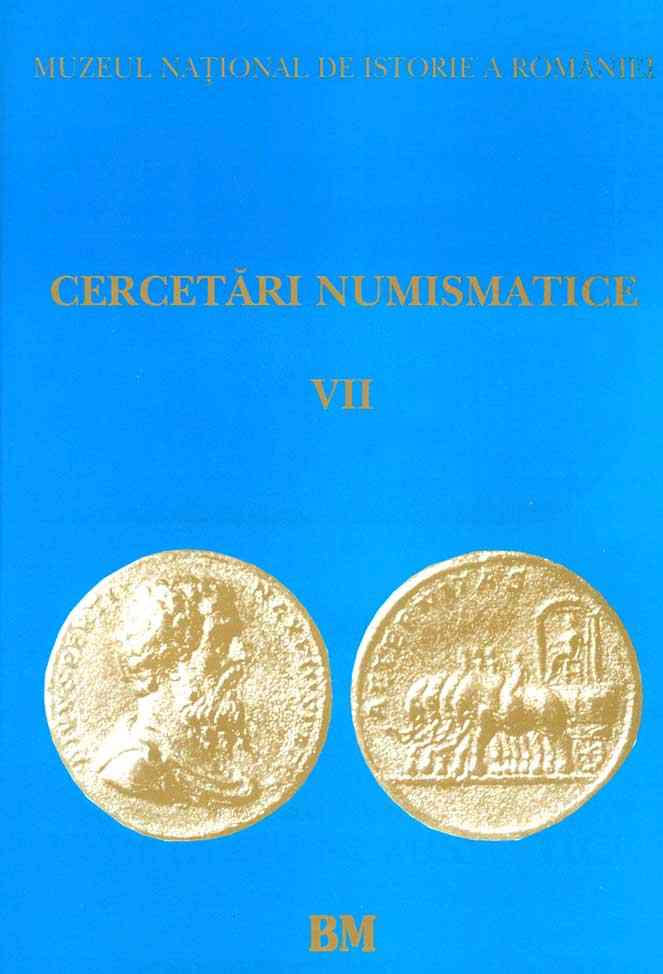
Consideraţii de ordin economic şi politic privind începutul pătrunderii monedelor vest-europene în Transilvania / Economic and Politic Remarks on the Beginning of the Currency of the Western European Coins in Transylvania
| Autori |
|
| Secţiunea |
|
| Limba de redactare | română |
| Descriptori |
|
| Excerpt | According the author the Western-European, coins from the 9th – 13th centuries arrived in the Carpathian basin in several periods. The first Western coins discovered in this area are the Carolingian issues. The quite rare finds, may be connected with the conquest of the former Avaric territories until the lower Tisza basin by the Frankish Empire at the end of 8th and the beginning of the 9th century. The author emphasizes that until now such coins were not found in Transylvania. The previous mention of the discovery of some Frankish deniers of the Emperors Louis and Carloman from the village Jamu Mare (Timiş County), is an entirely fake evidence did by I. Berkeszi. The so called Frankish denars "of Jamu Mare", consist in fact in a 19th century French bronze token, reproducing... a Carolingian coin from the 9th century. The second group of Western coins discovered in the Carpathian basin consist in French and Italian issues from the 10th century. The finds appears in the burials of the Hungarian tribes from the Pannonian Plain. These coins represent a part of the plunders accumulated during the Hungarian raids in the territories of the Holly Roman Empire and France. All the Western coins were pierced, being used as garments of the clothes and for the horses harness, having not monetary evidence value. Excepting two coins from Turda and Orşova, unfortunately, preserved or mentioned only in 19th century private collections, which the find place in Transylvania is not entirely sure, the discovery of the 10th century French and Italian coins are missing from the archaeological context of this region. The third stage of the arrival of the Central end Western European coins to the Carpathian basin dates from the end of the 11th century - until the middle of the 13th century. Those finds consist mostly in issues of Friesacher type deniers struck by some principalities of Lower Austria, Styria and Carinthia, as well in deniers of Köln and English sterlings. This kind of coins is quite well represented in the finds of Transylvania. According the author the coins from the third group are arrived in Transylvania as a consequence of the passage of the crusaders through Hungary, as well by the cattle trade with the Nord Italian cities and the large scale exportation of salt. |
| Paginaţia | 137-140 |
| Descarcă fişierul | |
| Titlul volumului de apariție |


